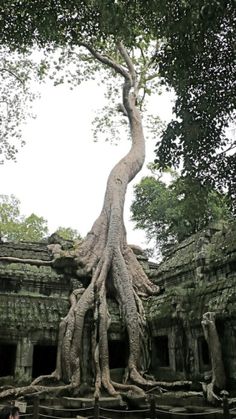
Learning to manage, and not avoid, pain is a crucial life skill. In doing healing work, our bodies learn both to tolerate discomfort better, and to rebound more quickly from the pain that life continues, at times, to bring. And it is in the tolerance to pain, the ability to move to the edge of it, and with breath and presence embrace it, that we learn once again (back to the bonsai metaphor), to extend our own taproots deeply into the earth and to straighten our limbs (oh, but not completely, for it is in the marks left from life that we count our experiences, and what we have learned). In learning to embrace that pain which will inevitably come anyway, or is here now, and to develop strategies that allow you to have confidence in moving through pain and out the other end, pain then becomes a side-note to a life defined by other more revitalizing pursuits: creativity, passion, intimacy, purpose, generosity.
Once we learn how to deal effectively with pain, it becomes a nonissue. This is a core paradox of healing. All the ways in which we once lived our lives in avoidance of relationship, of loneliness, of failure—the wires we self-imposed to restrict our own vitality—are gone, and all that is left is opportunity and adventure. Even our perception changes, as we no longer, in looking around, note first or primarily the potential danger – instead, we note that which is pleasing, interesting, beautiful. We physically feel less guarded, more present, even as we feel more confident in our ability to manage the risks that occasionally, inevitably, arise.
A therapist once told me, “pain is pain…and it’s JUST pain.” I hated him for that. Hate me if you will—but I understand his point. So go to a yoga class, contort yourself to the point of resistance…and start to master discomfort.